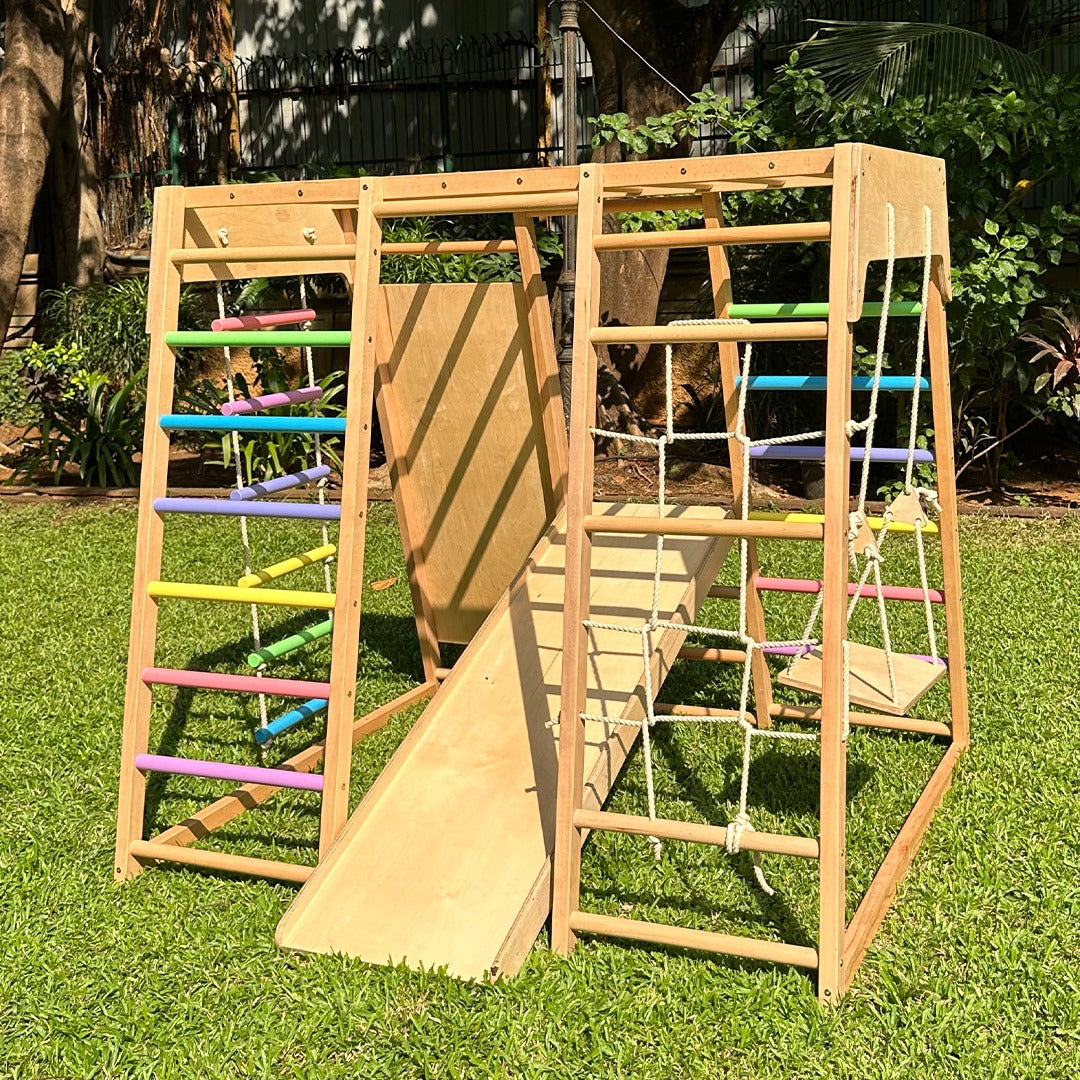In our modern quest for cleanliness and order, we often unknowingly streamline away one of the most vital architects of a child's developing brain: the messy, complex, and utterly fascinating world of varied textures. Think for a moment about the ubiquitous smooth plastic toy, the polished floor, the perfectly soft blanket. While these offer comfort and safety, they can inadvertently create a sensory landscape that is, in essence, rather impoverished for a brain hungry for diverse input. The truth, backed by compelling early learning science, is that letting your child squish mud between their toes, feel the grit of sand, or even knead sticky *atta* at home, isn't just play – it's a foundational neuro-developmental exercise profoundly wiring their brain for enhanced problem-solving abilities and a more balanced emotional temperament.
This isn't merely about developing fine motor skills, though that is a significant benefit. This is about something far deeper: the intricate mapping of the somatosensory cortex in the brain. From birth, a child's brain is an insatiable explorer, and touch is one of its primary languages. Every unique texture, be it the rough bark of a mango tree, the cool, smooth surface of marble flooring, or the fluffy softness of cotton wool, sends distinct signals to the brain. These signals create complex neural pathways, literally building the internal infrastructure necessary for processing information, understanding the world, and even regulating emotions.
The Brain's Tactile Blueprint for Brilliance
Consider the science: when a child explores a lumpy, uneven surface, their brain isn't just registering 'roughness'. It's processing pressure, temperature, vibration, and proprioception – the sense of where their body is in space. This multi-faceted input is crucial for developing spatial awareness, depth perception, and a sophisticated understanding of cause and effect. A child manipulating clay, for instance, isn't just having fun; they are engaging in a dynamic lesson in physics, engineering, and art all at once, as their hands and brain work in tandem to transform a formless mass into something tangible.
Neuroscientists have observed that children exposed to a richer tapestry of sensory experiences, particularly tactile ones, tend to exhibit superior cognitive flexibility. This means they are better at adapting to new situations, thinking outside the box, and approaching problems from multiple angles – skills that are invaluable throughout life, from academics to navigating social complexities. The brain, through varied touch, learns to categorise, differentiate, and make sense of subtle differences, fostering a nuanced perception of the world that goes beyond simple labels.
More Than Just Sensory Input: Emotional Anchors
Beyond cognitive benefits, tactile exploration plays a pivotal role in emotional regulation. For many children, certain textures can be incredibly calming, acting as sensory anchors in moments of overwhelm. The rhythmic patting of dough, the soothing sensation of water, or the focused concentration required to sort small beans can provide a much-needed outlet for nervous energy or strong emotions. In a world that can often feel too loud, too fast, or too demanding, the quiet intensity of tactile engagement offers a unique form of self-regulation, helping children build resilience and develop coping mechanisms.
Conversely, for children who struggle with sensory processing, exposure to a wide, carefully introduced range of textures can help desensitise them and integrate sensory information more effectively. This process is about building tolerance and understanding, gently expanding their comfort zone and helping their brains learn to process sensory input without becoming overwhelmed. It's a journey towards a more balanced and integrated sensory experience of life.
Weaving Textures into the Indian Home
The beauty is that these profound developmental opportunities are already woven into the fabric of daily Indian life, often without us even realising their scientific significance. Think of the joy of a child helping their mother make *roti*, feeling the different consistencies of flour, water, and then the smooth, elastic *atta*. Or the meticulous, focused task of sorting different types of *dal* before cooking, distinguishing by shape, size, and texture. Our traditional play often involves natural elements – building miniature mud houses (*mitti ka ghar*) in the courtyard, playing with sand in a village *gaon*, or creating intricate *rangoli* patterns with coloured powders, each offering a distinct tactile experience.
Even the simple act of eating with hands, so common in India, offers incredible tactile input, allowing children to feel the temperature, stickiness, and granularity of their food before it even reaches their mouth. These aren't just cultural practices; they are rich, organic opportunities for sensory exploration that modern parenting can consciously embrace and amplify. Let them splash in puddles after the monsoon rains, feel the coolness of a clay pot, or discover the rough beauty of a handcrafted wooden toy. These everyday moments are brain-building gold.
As parents, we don't need elaborate setups. The secret lies in mindful observation and providing accessible opportunities. A basket of natural objects – stones, leaves, twigs, cotton balls, smooth pebbles – can be a treasure trove. Allowing supervised play with water, rice, beans, or even repurposed kitchen items like spatulas and bowls offers endless possibilities for tactile discovery. The mess, while sometimes daunting, is a temporary consequence for long-term cognitive and emotional gains.
Embracing the rich, tactile world around us is perhaps one of the most potent, yet often undervalued, ways to nurture a child's brain. It's about empowering them to literally 'get a feel' for the world, building not just knowledge, but an inner resilience and a sharper, more adaptable mind. These seemingly small sensory adventures are laying down the complex neural architecture that will serve them for a lifetime, helping them navigate challenges with both intelligence and a calm spirit.
The profound impact of varied tactile experiences on brain development cannot be overstated. SkilloToys understands this crucial need for hands-on, sensory-rich play, crafting educational toys that invite children to explore a world of textures and engage their developing senses in a meaningful way. Encourage your child's innate curiosity and provide them with safe, enriching, and truly brain-building play experiences by exploring the thoughtfully curated collection at SkilloToys.com.



